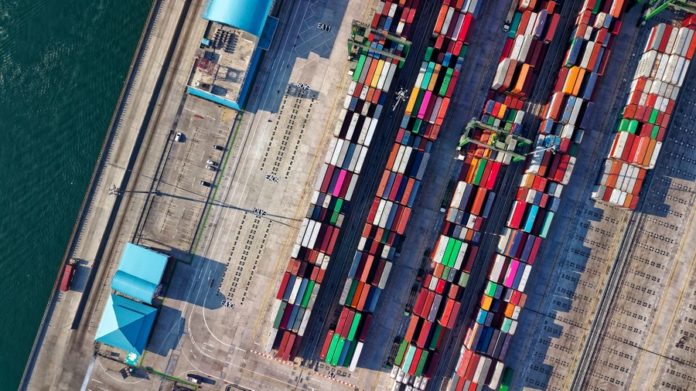The Coronavirus, or COVID-19 to use its correct name, has caused unprecedented disruptions for global supply chains. Not only do we see huge delays and bottlenecks at ports and warehouses, but some businesses have been forced to close altogether. The packaging industry finds itself in a unique position. More home deliveries mean a greater demand for packaging in some sectors, while other production lines have ground to a halt. Adapting to change has become the key to survival.
Diversify your supply chain
Many supply chains are dependent on single-source suppliers that cause holdups for the rest of the chain. One must rethink this strategy quickly and diversify the supply chain as much as possible to mitigate risk.
It’s important to identify suppliers located in different areas to decrease the impact on business. This applies to all areas of the supply chain, from manufacturing to sourcing raw materials. So instead of relying on one supplier, one has alternatives to fall back on. Diversifying where these suppliers are located creates a more resilient supply chain better suited to handle sudden disruption.
If one of the suppliers fails to deliver due to unforeseen circumstances, it’ll be easy to switch gears quickly, reducing the impact on revenue. A digital B2B marketplace like the OPN Platform packaging marketplace can connect buyers, suppliers, and vendors quickly and allow businesses to access new markets across the globe.
Change strategy to meet demand
Global shortages and lack of funds have led to an increase in demand for pharmaceutical products. This is an opportunity for packaging companies who have the resources available to serve this market.
Pharmaceutical packaging plays an important role. No other industry is as stringent about packaging compliance — and for good reason. Not only must pharmaceutical packaging act as the container for the product, but it also serves to stabilize the product to ensure its safety for the consumer. 3D printing technology, which can produce prototypes in small quantities, can play a huge role here.
Provide help to those who need it most
The WHO estimates that 89 million medical masks are needed every month to address the crisis, and have called on the manufacturing industry to help increase the supply by 40%. Medical-grade face masks and N95 respirators for health workers need to meet a set of criteria. Surgical face masks must provide 85%-99% protection to prevent the spread of disease.
The multi-layered structure is made from melt-blown fabric, which is what makes a mask breathable. The material most commonly used to make surgical masks is polypropylene. Other materials like polystyrene, polycarbonate, polyethylene, and polyester are also suitable.
Like surgical masks, N95 respirators also consist of multiple layers. The outer layer comprises a protective nonwoven fabric, followed by a pre-filtration layer, and finally, a melt-blown electret nonwoven material. The needled nonwoven fabric is produced through hot calendaring, where plastic fibers are thermally bonded together, helping the mask keep its shape. Completed respirators have to be sterilized before use. The packaging industry will survive this crisis, but until then, pivoting and adjusting to change is the best strategy to overcome disruption.
About OPN
The OPN Platform packaging marketplace is designed to connect buyers, suppliers, and vendors quickly. Access new markets, conduct deals online, and forge relationships with new contacts across the globe. Try the basic plan free.








